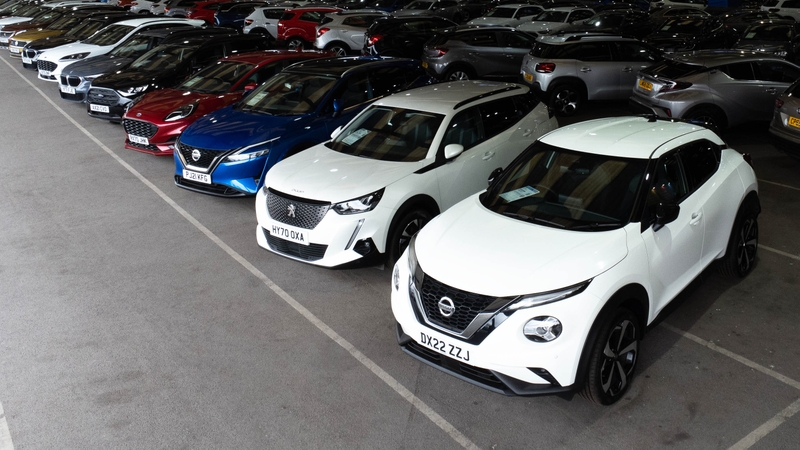
Vauxhall Crossland X engines, driving and performance
Gallery
How does the Vauxhall Crossland X drive?
Most small SUV buyers don’t care about how their car drives and, if you’re someone who gets to their destination without remembering how you got there, you won’t find anything wrong with the driving experience.
That’s probably for the best, because the Crossland isn’t one for the keen drivers. The clutch is vague and gearchanges can be a little jerky, and the throw of the gearbox is so long that every shift feels like you’re using a rowing machine.
The steering is light and numb, which is good for inner-city parking but makes the car a bit imprecise on faster roads.
Is the Vauxhall Crossland X comfortable?
Thankfully, things get a bit better when you take it easy. Sporty handling isn’t in the Crossland X’s repertoire – instead the ride is pillowy and comfortable. It sits on sensible-sized wheels – 17-inch alloys are the biggest you can get – and there’s a good chunk of sidewall on the tyre to take out the sharpness from potholes and motorway expansion joints.
There’s a bit of tyre noise at high speeds, and the entry-level engine sounds strained and gravelly on the motorway.
What’s the best engine to get?
The choice is simple – a 1.2-litre petrol or a 1.5-litre diesel. And, even then, the majority of Crossland Xs come with petrol power. Unless you’re going to be chomping up and down the motorway on nearly every journey, the petrol is the better choice – it’s livelier and doesn’t need AdBlue topups or long journeys to clear the diesel particulate filter.
However, not all the petrol engines are the same. There’s an entry-level offering with 83hp, or 1.2 Turbo versions with more power and more of it available at low revs. These Turbo versions are better all-rounders, equally capable of short hops across town and long motorway journeys.
The non-turbo petrol engine is more than adequate for urban work but it struggles on faster roads. Its fifth gear is really long and there’s almost no power at motorway speeds. Overtakes on country roads will need a lot of planning and a couple of downshifts – and a sprinkling of bravery! It’s worth pointing out that the 83hp entry-level engine sits in a lower insurance group than the other engines, so will be cheaper to cover.
All the petrol engines return up to 47mpg (44mpg with an automatic gearbox), which is fine. Rivals like the Peugeot 2008 and SEAT Arona may prove more economical and cheaper to run, though. The diesel manages 59mpg with a manual gearbox or 56mpg if you get the auto.
Vauxhall Crossland X performance
The 130hp petrol engine is pretty nippy, taking just over nine seconds to dispatch the 0-62mph sprint. The 110hp petrol isn’t far behind and the diesel engine feels fairly responsive thanks to its low-down slug of power. Patience is key with the 83hp engine, which takes 13.6 seconds to hit 62 from a standstill.
















































